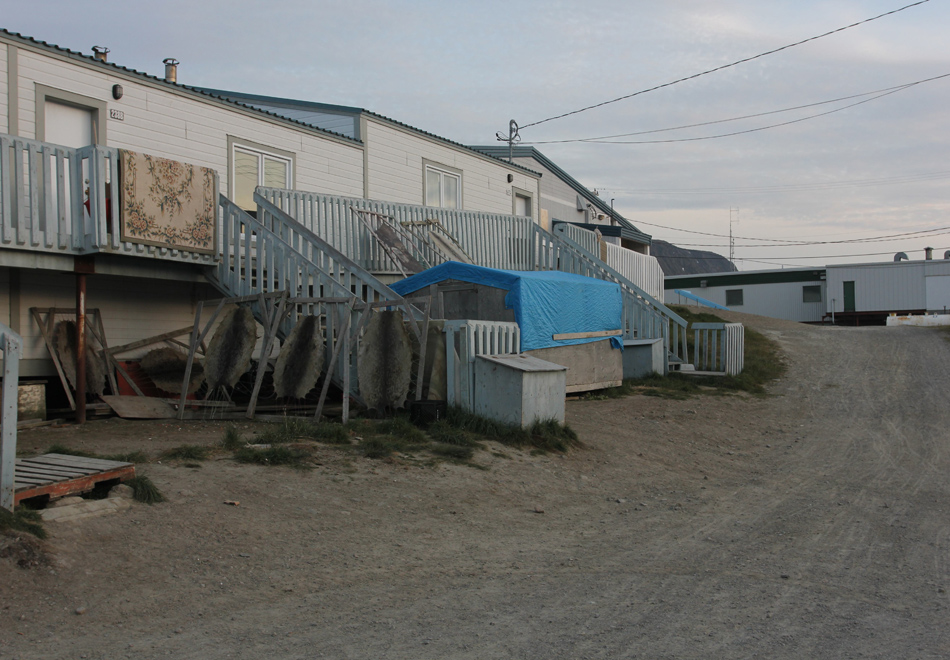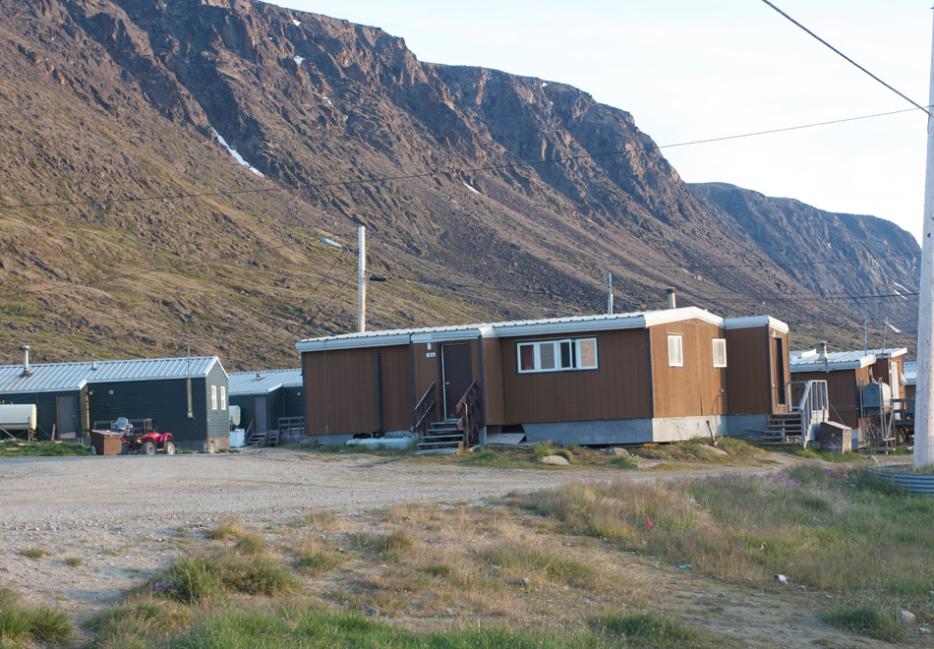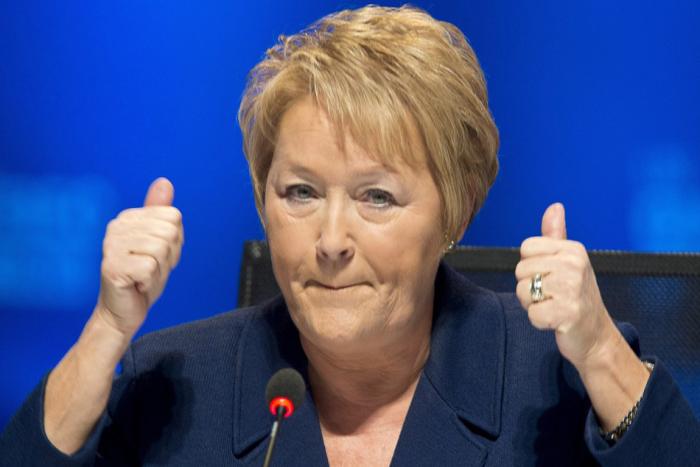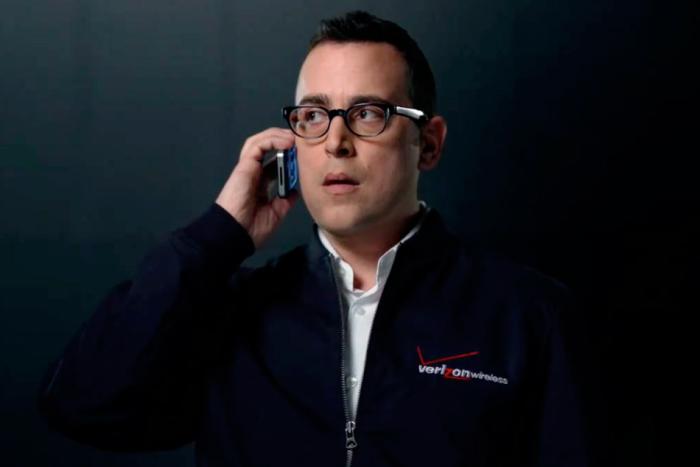After spending just under two weeks in the Arctic this month, Prime Minister Stephen Harper’s annual photo-op trip seems, for a few reasons, even odder than usual.
As I walked around Iqaluit and Pangnirtung, and after talking to some of the people who live there (and others who’ve visited many times), it became clear that the North is not, in fact, anything like a priority for the PM, at least not as far as the people who live there and where they actually live are concerned. This is the first reason. The houses in both places look like they were put up as part of a lumber camp—temporary domiciles with no need for things like aesthetic considerations or durability. In neither Pangnirtung, population 1,300, nor Iqaluit, population 6,700 and the capital of Nunavut, were the roads paved. There is no pier, meaning ships cannot dock, and must anchor off shore. And, even there were a pier, there’s no place for ships to refuel—not in Iqaluit, Pangnirtung, or anywhere along the east coast of Nunavut. There is garbage, though—not just candy wrappers and pop cans, but big, scalable piles of refuse everywhere.
Which brings me to the second reason I find Harper’s Arctic visits peculiar: If I were him, I would frankly be embarrassed to set foot up there. It’s a mess, and not just municipally: The suicide rate among the Inuit, region-wide, is 11 times the national average.
I’ve had friends visit the North before. This wasn’t all news to me and, I admit, I thought maybe it came with the territory. It is, after all, really far away. It’s expensive to get stuff up there. The winters must be hell on any physical structures. And infrastructure? Forget it. Plumbing, electricity, roads—these are southern things. They don’t have them in the Antarctic, so why would they have them in the Arctic? It sounded unfortunate, but, unfortunately, about right.

All photos by Bert Archer






